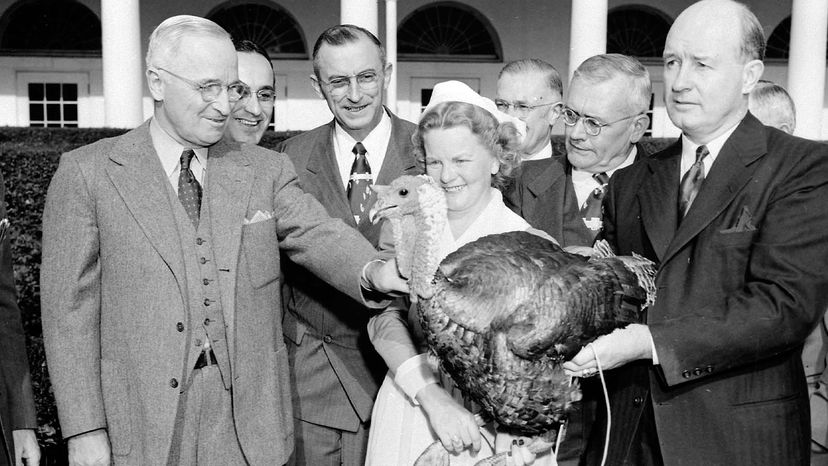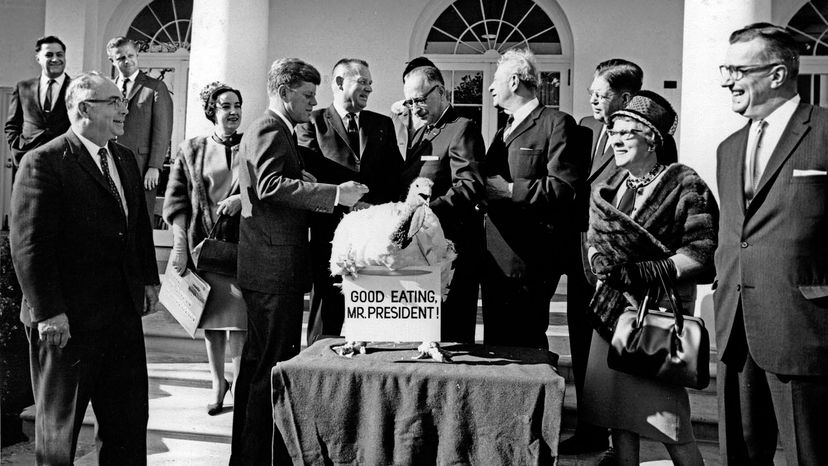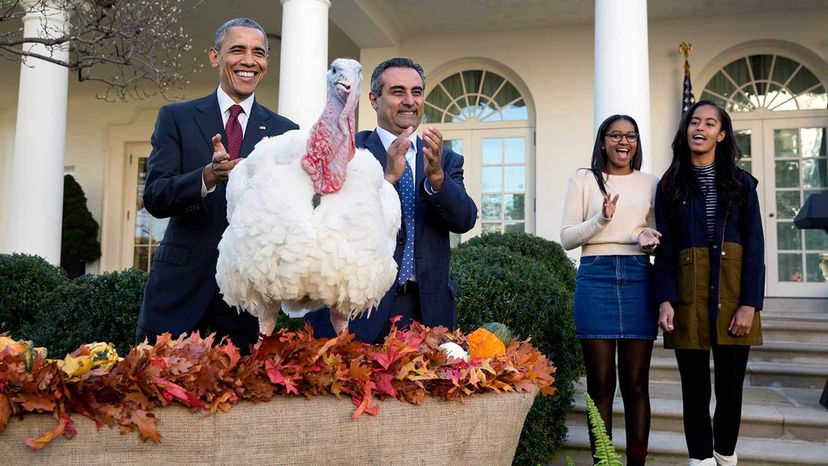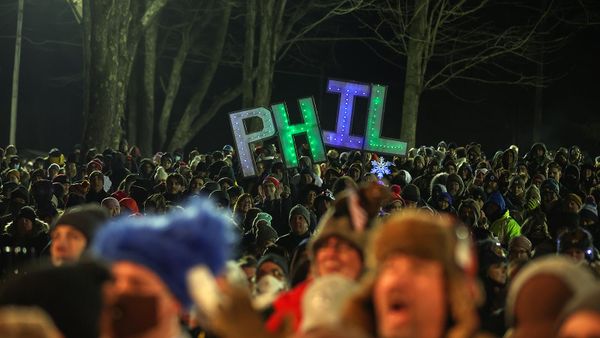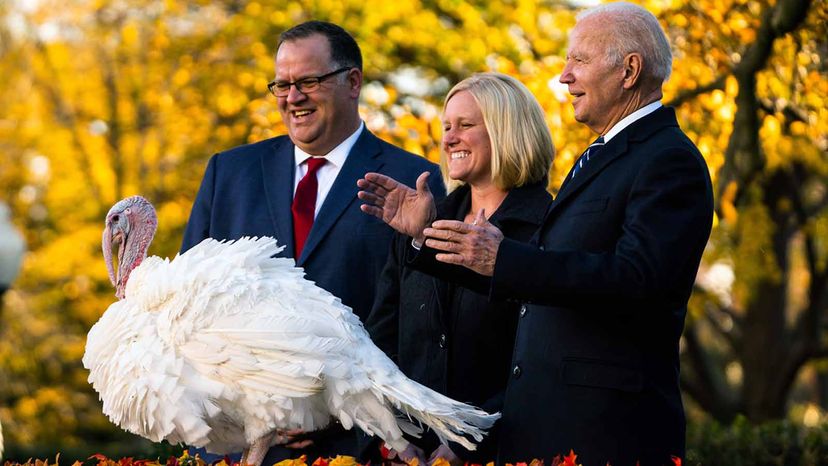
U.S. presidents have a lot to say, but once a year, they really "talk turkey." That's at least what President Joe Biden said he was going to do on a fine November day in 2021 when he had his first opportunity to stand in the White House Rose Garden and pardon the annual Thanksgiving turkey.
As has become the norm, Biden pardoned two turkeys in 2021 — Peanut Butter and Jelly — who received reprieves before heading off to Indiana University.
Advertisement
The official pardoning of White House turkey is now a familiar event that the press, well, eats up. President Barack Obama was known for pulling out his very best dad jokes each year (see video below), and the turkey names just seem to get better every November — think Mac and Cheese, Tater and Tot, Cobbler and Gobbler, and Corn and Cob.
"This is my absolute favorite White House tradition," says Lina Mann, historian at The White House Historical Association. "It's just very fun, which I think is why it endures. It's a way for the presidents to show off their sillier sides."
It certainly is silly, and that leads us to the questions, when and how did this compassionate, yet odd, tradition hatch? It's definitely a departure from the usual duties of a U.S. president.
Advertisement

